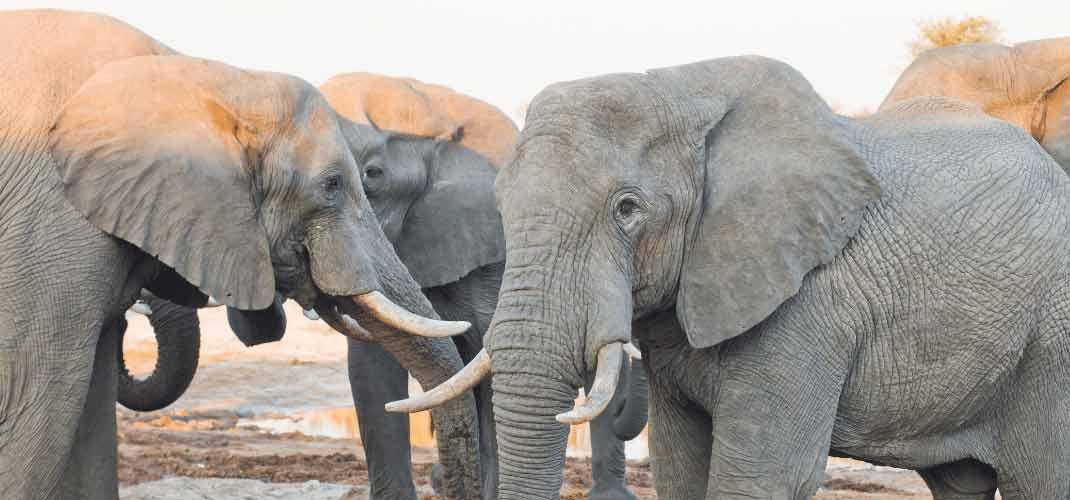
Researchers have unveiled new genetic tools that make it easier for authorities to identify and prosecute criminal organizations involved in ivory trafficking.
The study’s findings were recently published in Nature Human Behaviour.
Led by Samuel Wasser, University of Washington professor of biology and co-executive director of the recently established Center for Environmental Forensic Science, the research team was able to connect numerous ivory seizures to each other by genetically matching the tusks of closely-related elephants in different shipments (parents, full- and half-siblings).
In a 2018 study, Wasser and his team linked ivory seizures using an exact DNA match of a specific elephant’s tusk in one shipment to its mate in another, work that led to the identification of three major transnational criminal organizations in Africa. But links between shipments were being missed due to the low probability of sampling both tusks and the fact that genotyping all tusks in a seizure was cost prohibitive.
“In 2018 we looked for evidence of exact DNA matches between a pair of tusks – one from each of two ivory seizures. We compared the probability of an exact match if the two tusks did indeed come from the same elephant to the probability of the match if it was coincidental and the two tusks were from unrelated elephants. The comparison of these probabilities is expressed as the ratio of the two values: a likelihood ratio,” said Bruce Weir, UW professor of biostatistics who was involved with the statistical framework and analysis for both the 2018 and current study.
“The 2022 work rests on Dr Wasser’s expectation that wider evidence for linkage between seizures might be found if pairs of tusks were from related elephants, rather than the same one. These genetic results strengthened other evidence for linkages among seizures.”
Team member Charles Wolock, a UW biostatistics PhD student, was charged with figuring out how to extend the statistical framework used to analyze the tusks of one elephant to methodology that could identify tusks of close relatives.
“We had to decide how large a likelihood ratio — our measure of strength of evidence — would need to be to consider a pair of tusks to be an assumed familial match. I led this part of the project by simulating relatives from Sam's database of DNA profiles to see what values would allow us to have high confidence in concluding relatedness from a pair of tusks,” said Wolock.
The ability to link tusks of close relatives has vastly increased connections between ivory seizures. Once connected, authorities are able to pursue corroborating documentation such as financial records and physical evidence to strengthen the prosecution of criminal organizations for multiple shipments. Previously, legal action usually involved a single seizure which rarely resulted in conviction.
Study authors believe that similar approaches could be used to curtail the trafficking of other animals like pangolins, one of the most poached animals in the world, as well as goods such as illegally-harvested timber.
— Deb Nelson, UW Biostatistics Communications
Additional coverage: Associated Press, National Geographic, New York Times, The Conversation, UW News